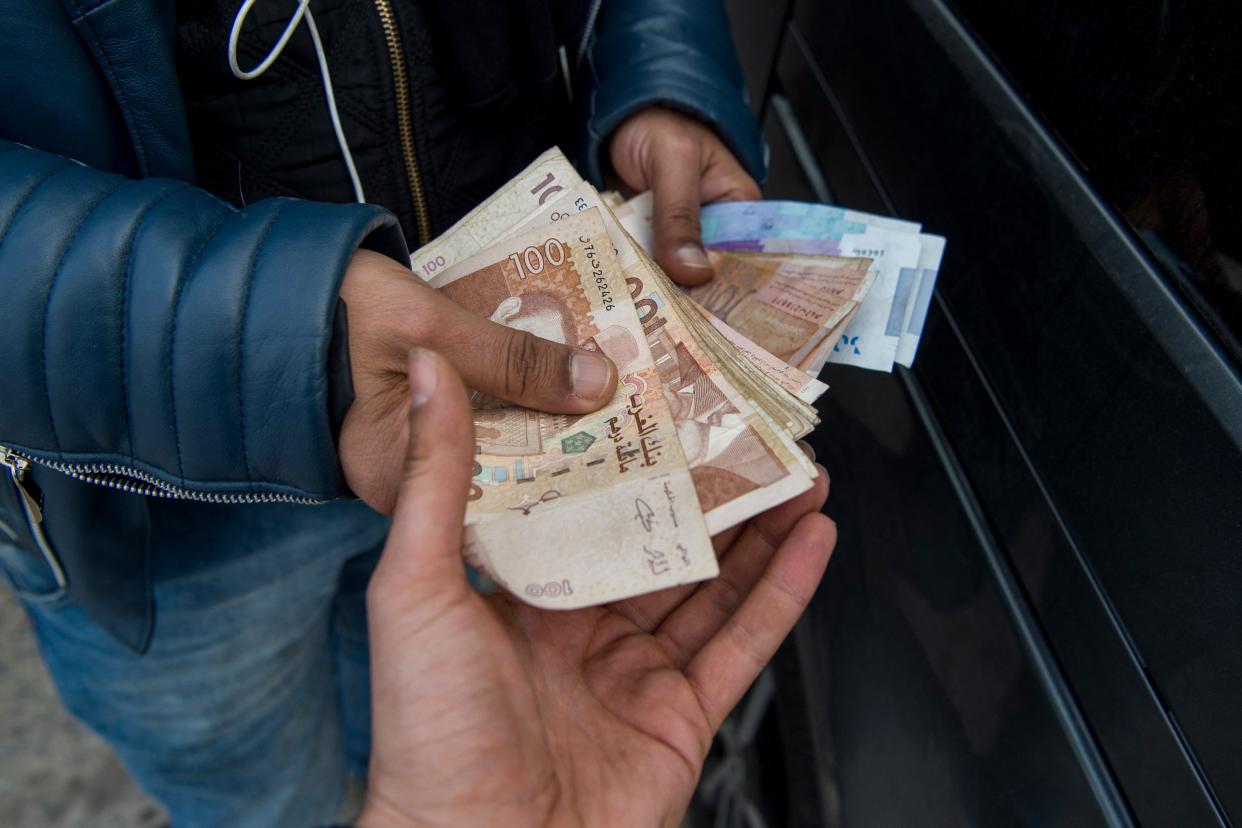Morocco Holds Interest Rate as Quake Adds to Financing Needs

(Bloomberg) -- Morocco kept its benchmark interest rate unchanged, as the kingdom contends with the hefty cost of rebuilding after its strongest earthquake in over a century.
Most Read from Bloomberg
China Puts Evergrande’s Billionaire Founder Under Police Control
Republican Moderates Turn to Rare Maneuver to Avoid Lengthy Government Shutdown
Stocks Wobble on Trader Jitters Ahead of Fed Speak: Markets Wrap
CIA Builds Its Own Artificial Intelligence Tool in Rivalry With China
The central bank left the key rate at 3% for a second time in a row — a move that was widely expected. Two major local lenders predicted a hold as inflation slowed to its lowest level in about 18 months.
Already grappling with the economic fallout from Russia’s invasion of Ukraine and a drought that threatens the annual harvest, Morocco is also struggling to rebuild after a 6.8-magnitude earthquake struck the High Atlas mountains near the tourism hub of Marrakech earlier this month. Officials estimate the recovery from the temblor that left almost 3,000 dead will cost almost $12 billion.
While a financing plan of the recovery has yet to be finalized, the sovereign may draw on a $5 billion flexible credit line from the International Monetary Fund to help, Bank Al Maghrib governor Abdellatif Jouahri told reporters after the decision. “The line is here. So, if we want to draw on it, we can do it without any preconditions,” he said, noting the earthquake amounted to a “shock” for the economy.
Any financing plan will ensure Morocco’s deficit, debt and the cost of its debt are not impacted, he added.
Read More: Morocco Ends Historic Streak of Rate Hikes With a Surprise Hold
The central bank paused a rare monetary tightening cycle in mid-2023, citing the need to assess its effects on the economy and the impact of other measures taken to control prices. It said it expected inflation to average 6% this year compared to 6.6% in 2022. It also revised down its inflation forecast for 2024 to 2.6% from the 3.8% it projected in June.
“Preliminary assessments” show previous rate hikes have transmitted only partially to monetary conditions and the real economy, it said in a statement issued after its quarterly meeting.
The cost of the recovery effort, which targets 11% of the population, will be funded through the government budget, local authorities, international aid and a special fund created to cope with the disaster’s aftermath.
That adds to an already-mounting burden for the government, which had promised to begin direct cash handouts to millions of the neediest residents ahead of subsidy reforms next year. Authorities are also expanding access to social welfare, building big ports and planning to extend its high-speed rail network and triple the state-owned airline’s fleet.
Around 22 billion dirhams ($2.1 billion) will be allocated as “emergency aid” to about 60,000 households, consisting of a monthly stipend and financial assistance to rebuild their homes, repair dams, water canals and schools break their isolation, state run television RTM reported. The remainder, 98 billion dirhams, will be allocated to the development of the High Atlas regions by boosting infrastructure and promoting tourism.
The regulator said Tuesday it forecasts a slight easing of the fiscal deficit to 5.1% of gross domestic product this year from 5.2% in 2022, then 4.9% in 2024.
--With assistance from Tarek El-Tablawy.
(Adds comments from central bank governor about financing, paragraphs four and five)
Most Read from Bloomberg Businessweek
Why Retiring in India No Longer Requires Living With the Kids
A $12 Million Request to Cover a Crypto Scam Sank a Bank CEO
Rugby Has a Plan to Get Americans Excited About the Other World Cup
©2023 Bloomberg L.P.

 Yahoo News
Yahoo News 

